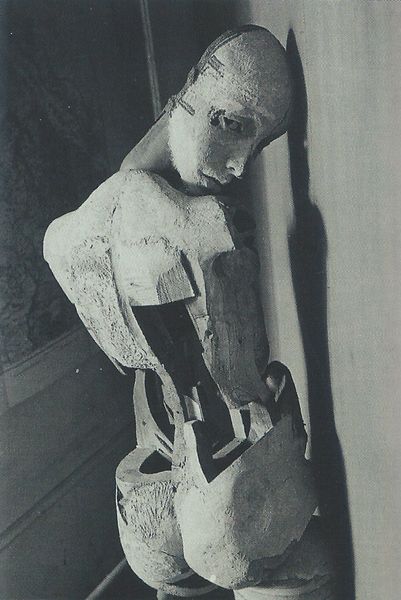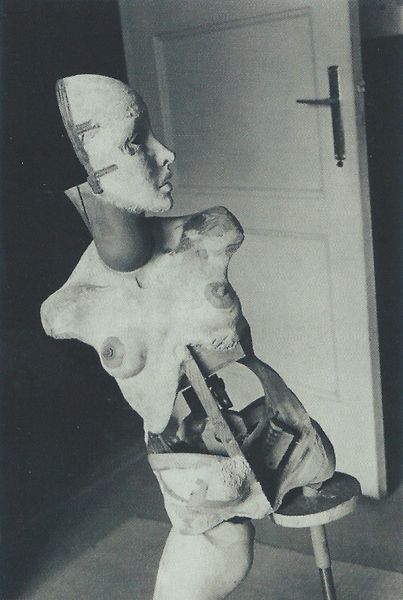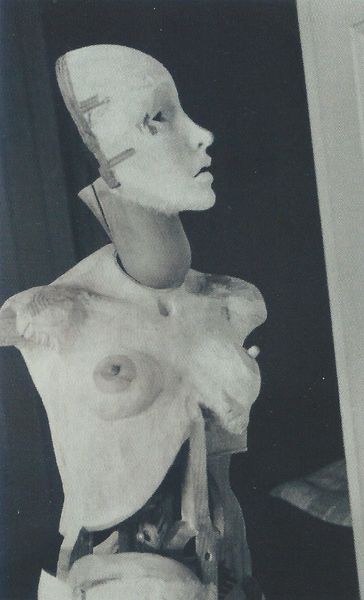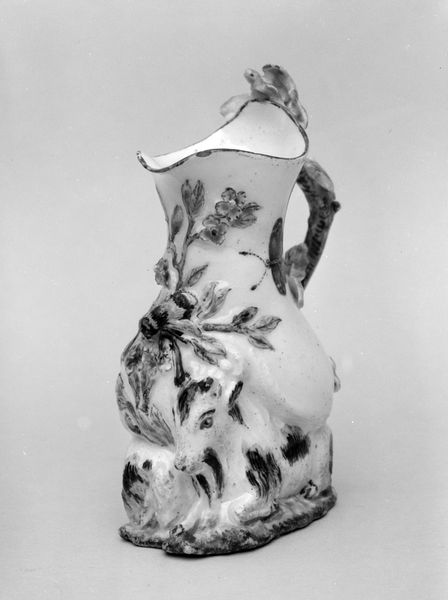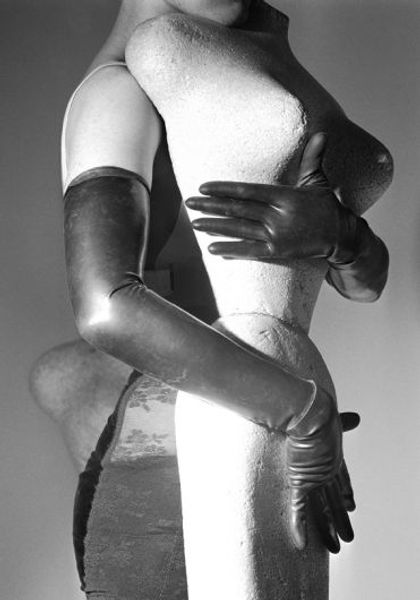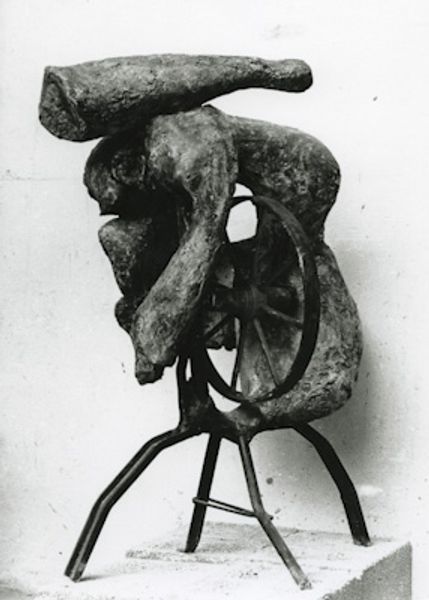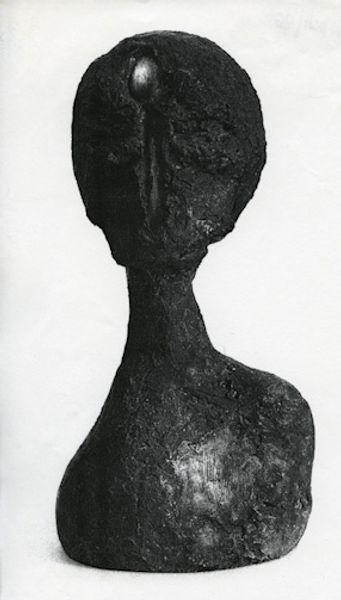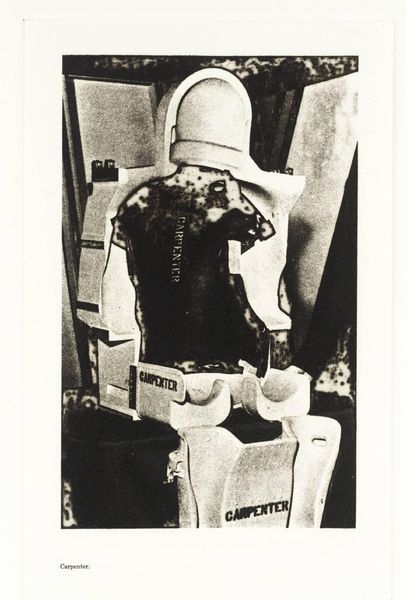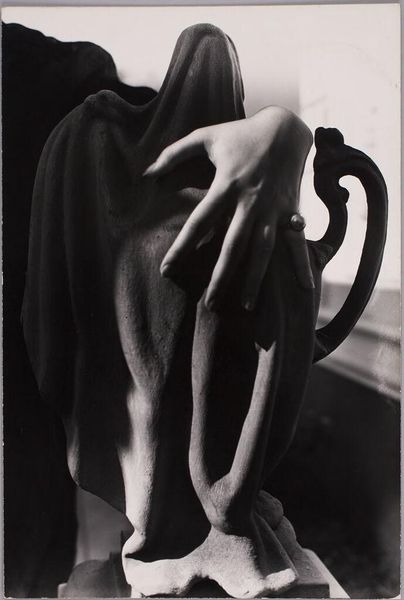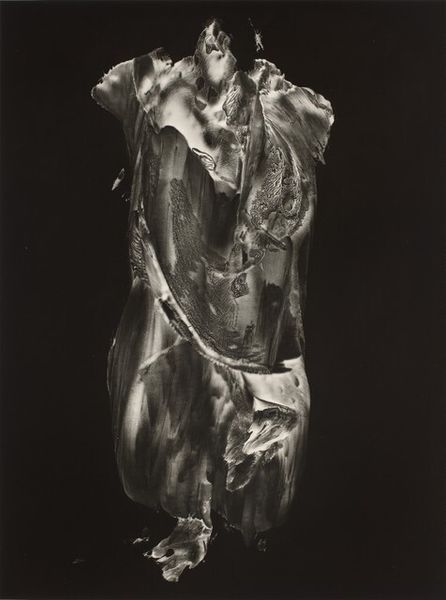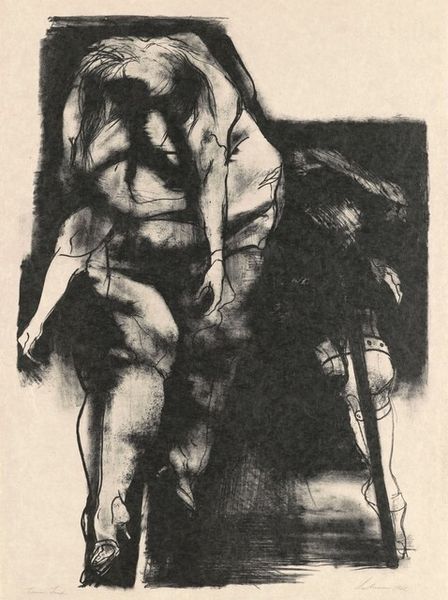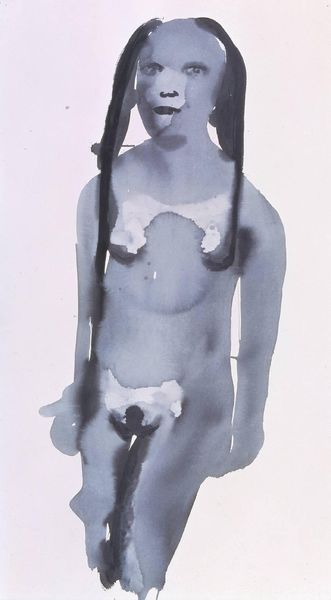
collage, assemblage, found-object, photography, sculpture
#
collage
#
assemblage
#
sculpture
#
found-object
#
figuration
#
photography
#
sculpture
#
black and white
#
surrealism
#
erotic-art
#
monochrome
Copyright: Hans Bellmer,Fair Use
Curator: Here we have Hans Bellmer's "The Doll," dating to 1934. It's an assemblage using collage and found objects, primarily photography and sculpture, rendered here in black and white. What's your initial take? Editor: It's... unsettling. The textures are coarse, and the monochrome amplifies a sense of unease. The fragmented body parts create an obvious tension and disruption to the standard idea of form. Curator: Absolutely. Bellmer's work is steeped in a critical response to the fascist ideal of the perfect, Aryan body. By dismembering and reassembling the doll, he challenges these harmful constructs and explores themes of eroticism and objectification, critiquing societal fixations on idealized forms, specifically the female form. We can contextualize it within broader narratives of identity, gender, and the politics of representation during the interwar period. Editor: From a formal perspective, observe the deliberate use of juxtaposition—the smooth, almost classical face jarringly contrasts with the rough-hewn torso. The lines and geometric shapes intersecting with the organic curves of the body further emphasize the breakdown of form. It nearly seems like a critique of sculptural tradition itself. Curator: Precisely! And we mustn't overlook the surrealist context. Bellmer engaged with surrealist notions of the unconscious, exploring the darker, more taboo aspects of desire and the body. The doll can be seen as a manifestation of repressed anxieties and fantasies, challenging conventional morality and notions of beauty. It has links with psychoanalytic and feminist theory of the time too. Editor: Yes, the deliberate deconstruction, it almost feels as though he's revealing some latent, subconscious logic. He forces us to re-evaluate what constitutes a cohesive form. How can we possibly impose cohesion on it, as the artist has clearly challenged this view. Curator: Bellmer wields the erotic, yes, but not to celebrate it, rather, to expose and question the power dynamics inherent within its representation. I always view this work as not something designed to stimulate one way or the other but rather shock or intrigue the viewer. Editor: I find myself caught between aesthetic revulsion and intellectual fascination. It challenges my own preconceived notions. Curator: It’s a truly thought-provoking piece that exposes the ways art can be a space of cultural and political confrontation and critique. Editor: And it stands as a brilliant example of how breaking formal boundaries can lead to profound insights.
Comments
No comments
Be the first to comment and join the conversation on the ultimate creative platform.
